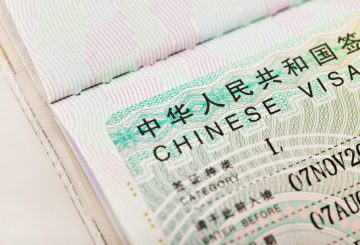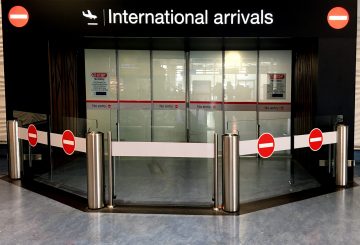Sebuah survei baru-baru ini oleh Asia New Zealand Foundation mengungkapkan bahwa ketika orang Selandia Baru berpikir tentang Asia, China adalah negara pertama yang terlintas dalam pikiran, terkait kuat dengan makanan. Namun, perasaan terhadap China beragam, dengan 37% menganggap China mengancam dan 30% menganggapnya ramah.
Survei yang berjudul “Persepsi Selandia Baru tentang Asia dan Masyarakat Asia,” melibatkan 2.323 peserta berusia 15 tahun ke atas. Ini mencakup berbagai tema, termasuk signifikansi Asia bagi Selandia Baru, politik Asia, keamanan, ekonomi, dan pengetahuan umum yang berkaitan dengan perjalanan, makanan, dan hiburan.
Temuan kunci:
- 80% warga Selandia Baru percaya bahwa penguatan hubungan politik, ekonomi, dan sosial dengan Asia sangat penting.
- 90% menganggap penting bagi Selandia Baru untuk berinvestasi dalam membangun kemitraan dengan Asia.
- 75% mendukung peningkatan hubungan Selandia Baru dengan Asia melalui perdagangan, dan 71% mendukung pertukaran pemerintah dengan negara-negara Asia.
- 87% peserta menyukai makanan Asia.
- 78% lebih memilih Asia sebagai tujuan wisata.
- 59% menunjukkan minat pada musik, seni, dan sastra Asia.
Di bidang keamanan, 63% menyatakan keprihatinan tentang potensi konflik militer di Asia Timur. Ada pandangan positif secara keseluruhan tentang pengaruh Asia di Selandia Baru selama beberapa dekade mendatang, tetapi ada juga kekhawatiran tentang perkembangan politik dan keamanan Asia yang mempengaruhi Selandia Baru.
Dalam hal keramahan, negara-negara seperti Jepang, Singapura, Korea Selatan, dan Filipina menempati peringkat tinggi. Sentimen terhadap negara-negara seperti Pakistan, Vietnam, dan Indonesia telah membaik sejak 2021. Sementara 49% warga Selandia Baru memandang India sebagai teman, Rusia dan Korea Utara dipandang sebagai ancaman yang signifikan.
Setengah dari peserta percaya bahwa mereka memiliki pemahaman yang baik tentang Asia, meningkat dari hanya 33% pada 2013. Namun, ada pandangan beragam tentang liputan media Asia, dengan beberapa merasa itu terlalu banyak, beberapa terlalu sedikit, dan yang lain berpikir itu seimbang.
Yayasan Asia Selandia Baru, didirikan pada tahun 1994, bertujuan untuk membantu warga Selandia Baru mengembangkan pemahaman dan hubungan mereka
dengan Asia.





























































